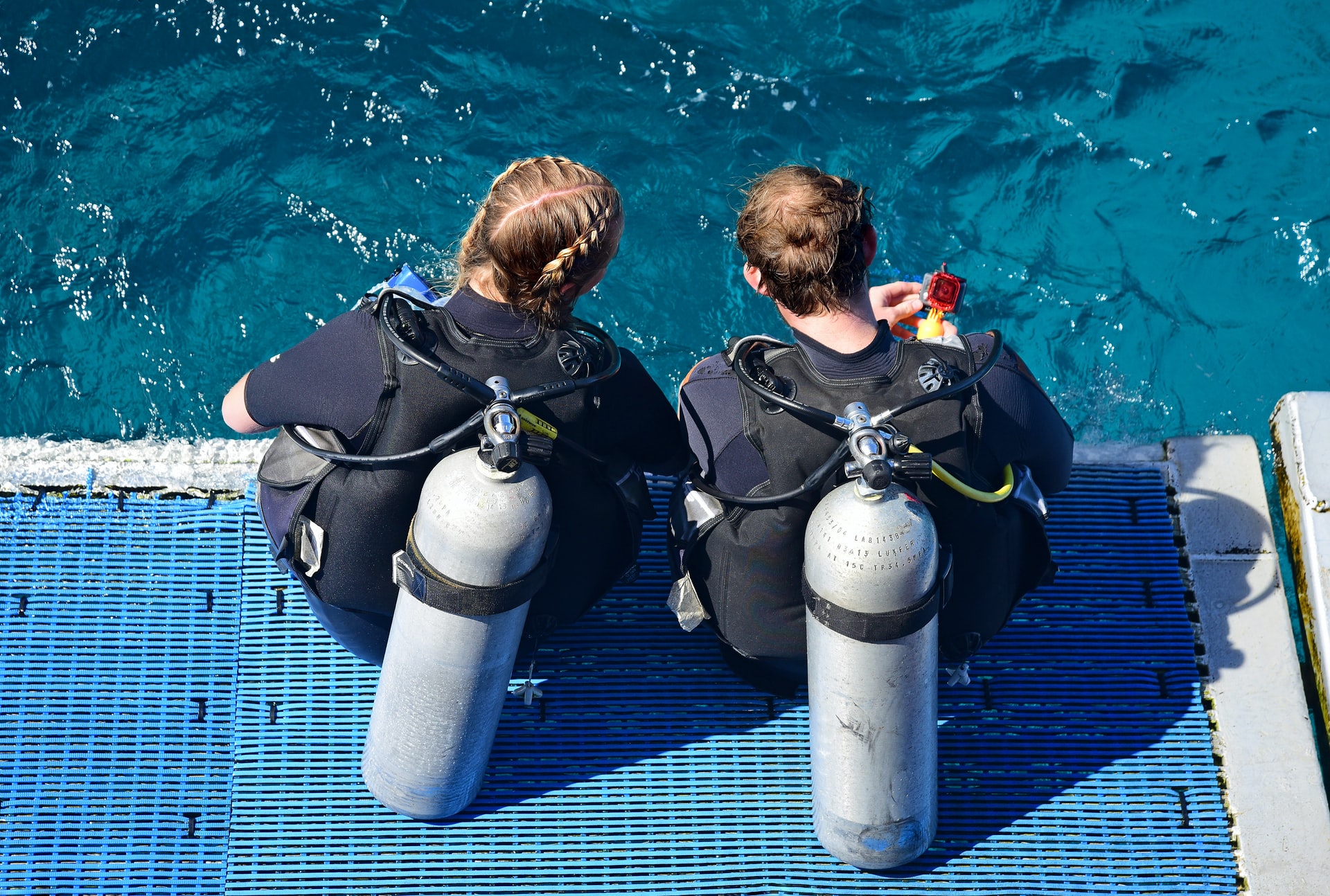If you have your own tank and are off to the shop to get it filled ready for the dive you have planned, do you need to take your certification card with you?
Generally, yes, you need to show your license to have your tank filled and that if you wanted to do it yourself, you’d need special equipment and specific training.
So leave it to the professionals, grab your tank and your cert card, and head over to your favorite shop so we can get diving.
- Do You Need to Show Your License to Get Your Scuba Tank Filled?
- Are There Any Other Requirements to Get a Tank Filled?
- Where Can I Fill up My Air Tank?
- How Much Does It Cost to Get a Tank Filled?
- Do You Need to Be Specially Trained to Fill Scuba Tanks?
- Can I Fill My Own Scuba Tank?
- Can I Fill a Scuba Tank With an Air Compressor?
- How Can I Fill My Scuba Tanks With Other Gas Mixes?
- Does Air Go Bad in a Scuba Tank?
- How Can I Check if My Tanks Have Been Filled Correctly?
- How Much Pressure Should a Scuba Tank Have?
- Conclusion
- You Might Also Like…
Disclosure: this post contains affiliate links (clearly marked with ), which means we may earn a commission if you buy something through them, at no additional cost to you.
Do You Need to Show Your License to Get Your Scuba Tank Filled?
Most responsible dive shops will want to see your certification card before they fill your tank.
Actual laws vary from state to state and country to country, but you should expect to show your diving license and sign a liability release at the shop.
It is pretty standard for dive shops to fill tanks with air for non-scuba-related hobbies such as for paintball guns, and in this case, they’ll probably ask you to sign a release stating that the tank isn’t going to be used for scuba diving.
Remember that you should not attempt to scuba dive if you’re not trained and certified to do so, so don’t go pretending that the tank is for something else if you’re planning to take it diving.
Are There Any Other Requirements to Get a Tank Filled?
As well as checking your certification, there are mandatory test requirements needed for the tank itself to allow it to be filled.
All high-pressure cylinders, including scuba tanks, have two different tests that must be sufficiently recent so that the shop can be reasonably sure that they are safe to fill and use.
There’s a visual inspection that needs to be made both in and outside the tank once a year and a hydrostatic pressure test made every five years.
The date of the most recent visual inspection is usually on a sticker on the tank, but the hydrostatic test date will be physically stamped onto the neck of the tank.
The dive shop will check that both of these dates have not expired and the general condition of the tank before filling it.
If you ever take a completely drained tank to be filled, the shop might insist that a visual inspection is made irrespective of whether the previous one has expired.
A fully emptied tank is liable to get moisture inside, which can quickly cause rust and damage the tank making it unsafe to fill, so you should always keep 300 psi / 20 bar inside your tank at an absolute minimum.
Where Can I Fill up My Air Tank?
Unless you happen to own a scuba air compressor and are suitably trained to use it, you’re going to need to visit your local dive shop that offers scuba air tank fills.
Choose a shop that has a good reputation with other divers.
The shop should be happy to show you their certifications and equipment test certificates for their air compressors to demonstrate that they have qualified staff, look after their equipment and regularly check that the air it’s producing is safe to breathe.
If they don’t want you to check these, it’s probably a good idea to look for another shop.
How Much Does It Cost to Get a Tank Filled?
The cost for an air fill will vary from location to location and the size of the tank you’re filling.
Ensure that you’re using a reputable dive shop and be aware of any operation that looks unusually cheap.
The air you will breathe underwater needs to be of a suitable standard to be safe, so don’t try and cut corners to save a few dollars.
Standard clean, filtered air from a dive shop will typically cost in the region of 10 US dollars per tank.
Do You Need to Be Specially Trained to Fill Scuba Tanks?
Yes, you need proper training to be able to fill scuba tanks safely.
Air compressors can be extremely dangerous if not operated correctly, and you need to be trained to reduce the opportunity for potentially fatal accidents.
Scuba compressor training also covers the specific requirements for filling scuba tanks so that the air you’re going to breathe is safe.
Can I Fill My Own Scuba Tank?
No, not unless you’ve had the proper training and own the required special equipment!
Can I Fill a Scuba Tank With an Air Compressor?
A standard air compressor must not be used for filling scuba tanks.
Scuba air compressors have a design and special filters to ensure the compressed air it produces is safe for breathing.
Filters remove any pollutants or particles from the air, and these are replaced regularly to make sure that they remain efficient.
The air is regularly tested to double-check that it’s sufficiently clean.
A standard and much cheaper compressor such as that found in an auto shop may inject tiny droplets of oil used to lubricate the compressor or many other pollutants into the air that it puts out.
Standard compressors don’t have advanced filters on their inlet to remove pollutants like car exhaust fumes, which would end up in your cylinder.
While these may not be a problem in a basic compressor’s normal operations, they would be very dangerous to your health if you filled your scuba tank and breathed them.
How Can I Fill My Scuba Tanks With Other Gas Mixes?
For recreational scuba diving, a tank can be filled by a dive shop with two gases, either air or enriched air nitrox.
Technical divers might also order a blend of gas called trimix combining helium with oxygen and nitrogen.
If your tank is going to be used for either enriched air nitrox or trimix, then it needs to be suitably cleaned (often called O2 cleaned) to be safe to use with the higher oxygen contents that these gases have.
The higher oxygen content in these special diving gases increases the risk of fire and explosion over normal compressed air.
So it’s vitally essential that nitrox or trimix tanks are cleaned correctly and then only filled from clean air sources by trained personnel.
To obtain either nitrox or trimix gas fills for your tank, you’ll need to show the dive shop the relevant certification card and sign the liability log before they’ll fill the tank for you.
Does Air Go Bad in a Scuba Tank?
When a tank has been filled with properly filtered, dry air that’s suitable for breathing, it shouldn’t go bad if it’s left for any reasonable length of time.
All scuba tanks need to be emptied every year for their mandatory visual inspection, so this should be the very maximum that they’re left filled.
As part of the pre-dive checks, when you’re setting up your equipment, you should always smell the air, and then if it seems ok, breathe a few breaths.
If you’re in any doubt of the air quality, empty the tank and have it refilled.
How Can I Check if My Tanks Have Been Filled Correctly?
Dive shops need to keep their air compressors serviced and regularly tested to ensure that the air they’re supplying is of suitable quality for safe breathing.
When choosing the shop to fill your tank, it’s reasonable to ask to see the test and service paperwork to check that they are up to date.
Before leaving the shop, make sure that you have verified the tank’s pressure for yourself with a reliable gauge so that you’re confident that it’s been filled.
It can be extremely frustrating if you drive all the way to the dive site and discover that the tank hasn’t been completely filled by mistake.
If you’re an enriched air nitrox diver, you’ll need to verify the oxygen content of the gas in the tank for yourself to make sure that it’s what you ordered and so you can set your dive computer correctly.
You’ll use an oxygen analyzer for this, and many serious divers like to have their own that they know the reliability of rather than trust the dive shops.
Similarly, if you’re a technical diver and have ordered trimix gas, you’ll need to analyze the oxygen and the helium content.
In both these cases, you’ll be asked to sign a log at the dive ship confirming the gas mix that you’ve received.
How Much Pressure Should a Scuba Tank Have?
A standard recreational scuba tank is filled to 3,000psi / 200 bar.
Whether they’re made from steel or aluminum alloy, all tanks will have a maximum working pressure rating marked on them by the manufacturer that shouldn’t be exceeded.
For example, the commonly used 80-cubic foot aluminum tank (“alu 80”) found in resorts worldwide is rated 3,000 psi / 206 bar maximum working pressure.
Special and more expensive tanks can be purchased with higher working pressures and are often used for technical diving.
Adhering to the maximum working pressure allows the tank to have a long, safe service life for many hundreds of fills.
You can’t just squeeze some more pressure into your tank as the consequences could shorten your cylinder’s life or even ultimately, in a case of extreme overfilling, cause a catastrophic failure.
Most modern tanks include a burst disk inside the valve designed to open and release air to prevent dangerous over-pressurization from taking place.
The burst disk will rupture if the cylinder rises above about 140% of its maximum working pressure.
You should be aware that the internal pressure in a tank can change noticeably if the temperature changes from when it was filled.
If the tank gets hotter, the pressure will increase by 5 psi for each 1°F or 0.6 bar for each 1°C.
So make sure that your cylinder doesn’t get too hot in the trunk of your car or on the dive boat after filling, as the pressure might rise to a high enough level to damage your equipment.
Similarly, if the tank gets colder, the pressure of the gas in the tank will decrease.
If your tank has been left in the sun for a long time and got very hot, you can see a noticeable drop in the pressure shown on your gauge soon after you jump into cool water.
It’s also worth knowing that your scuba regulator will also have a maximum working pressure which is typically slightly higher than that of the tank.
Standard recreational regulators are usually rated for a maximum of 3,364 psi / 232 bar, so if you do buy a tank with a higher than standard pressure rating, you’ll need special regulators as well.
Conclusion
So as we’ve seen, responsible dive shops will want to see your dive certification card before they fill your tank for you, and they’ll check that your tank has been tested recently enough so that it’s safe to fill.
Don’t ever try and save a few dollars by filling your tank yourself or using a cheaper air source.
It would be best if you were sure that the air you’re going to breathe underwater is safe and clean, so always use a reputable shop, and you don’t have to worry.
You Might Also Like…
-

How Do Scuba Divers Drink Water? 5 Possible Ways (+7 Tips)
-

How Long Can Scuba Divers Stay Underwater? (+9 Limiting Factors)
-
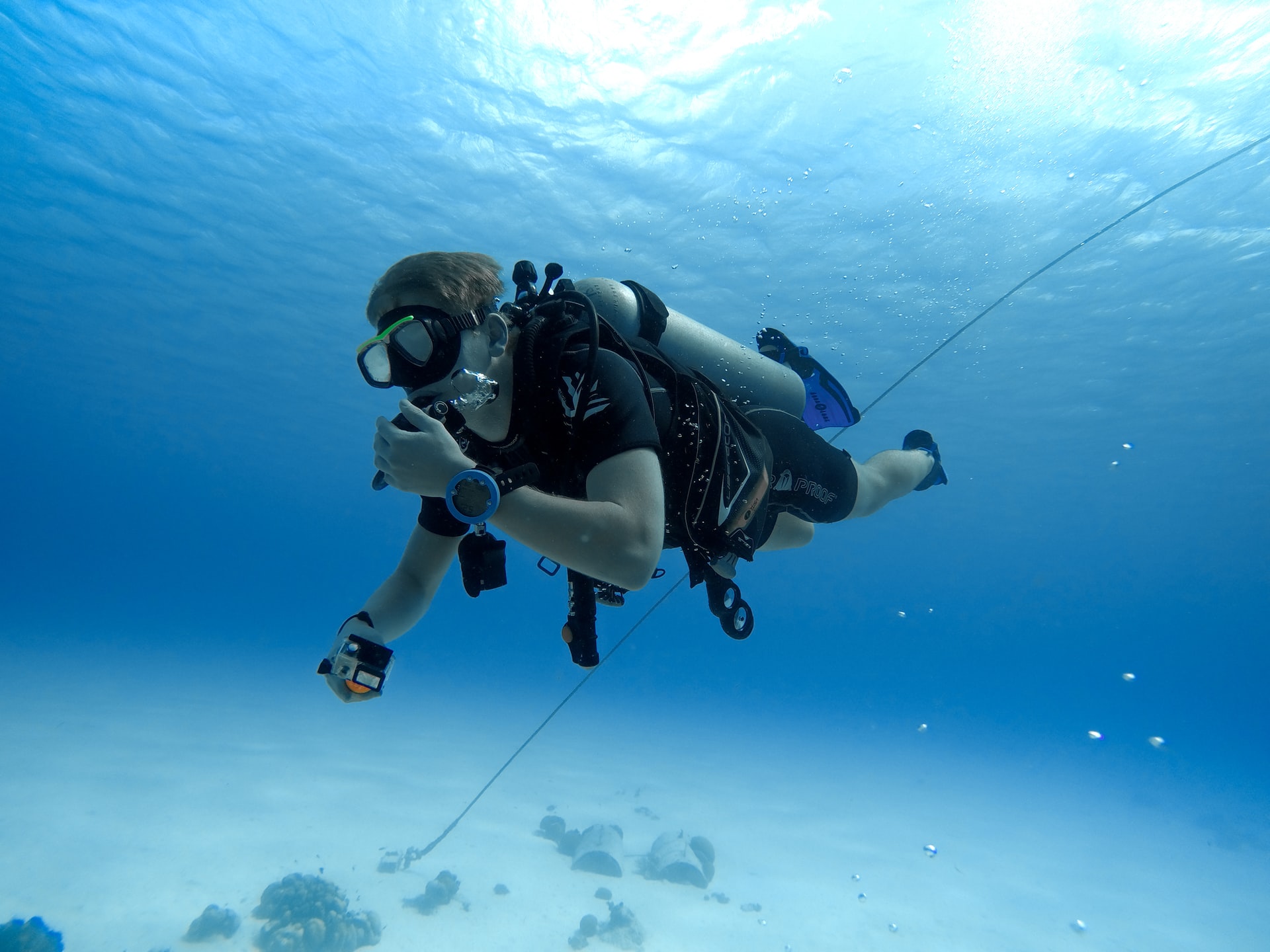
Are Scuba Divers Athletes? All the Facts (+New Competitive Forms)
-
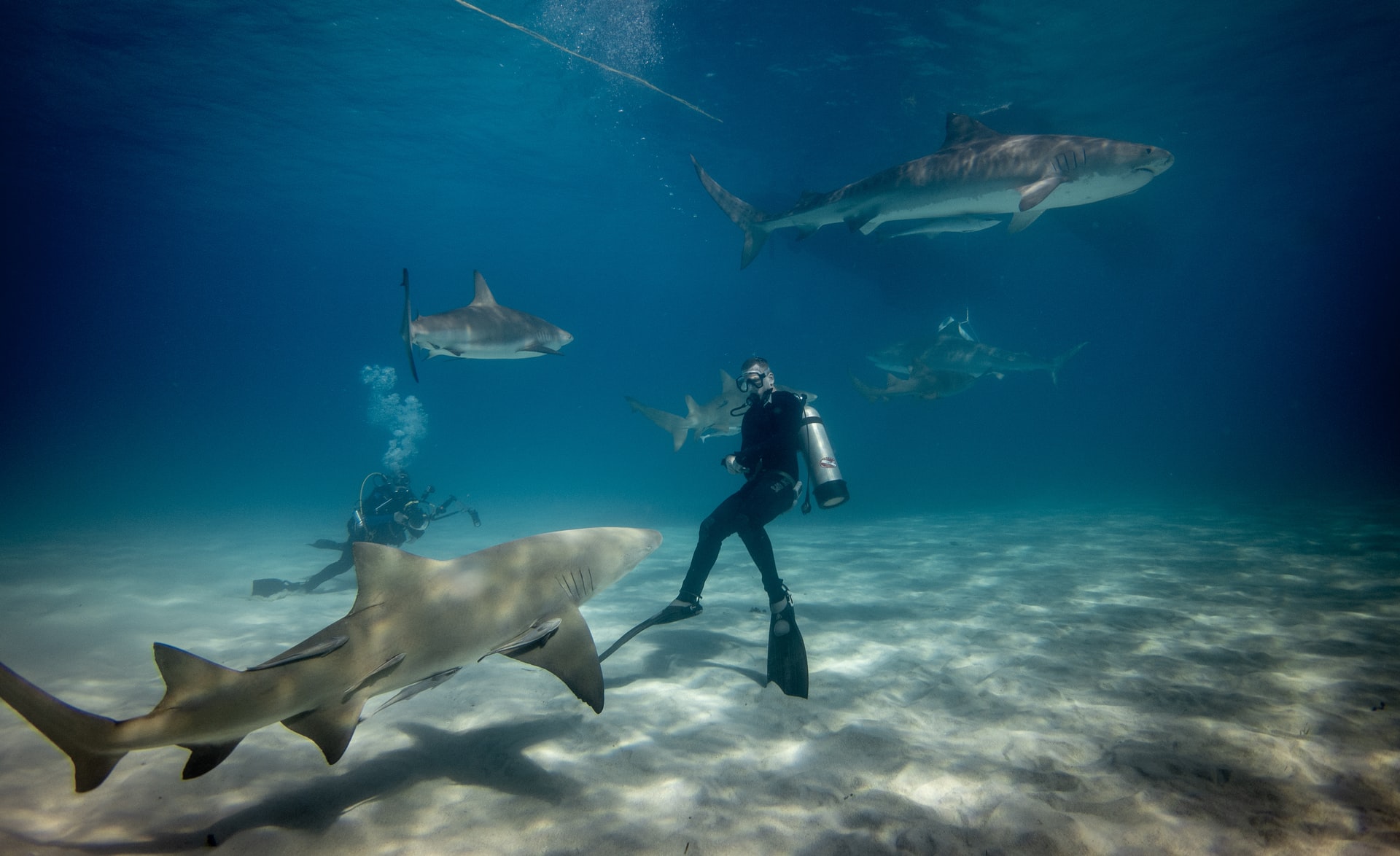
Are Sharks Scared of Scuba Divers? (What Every Diver Must Know)
-
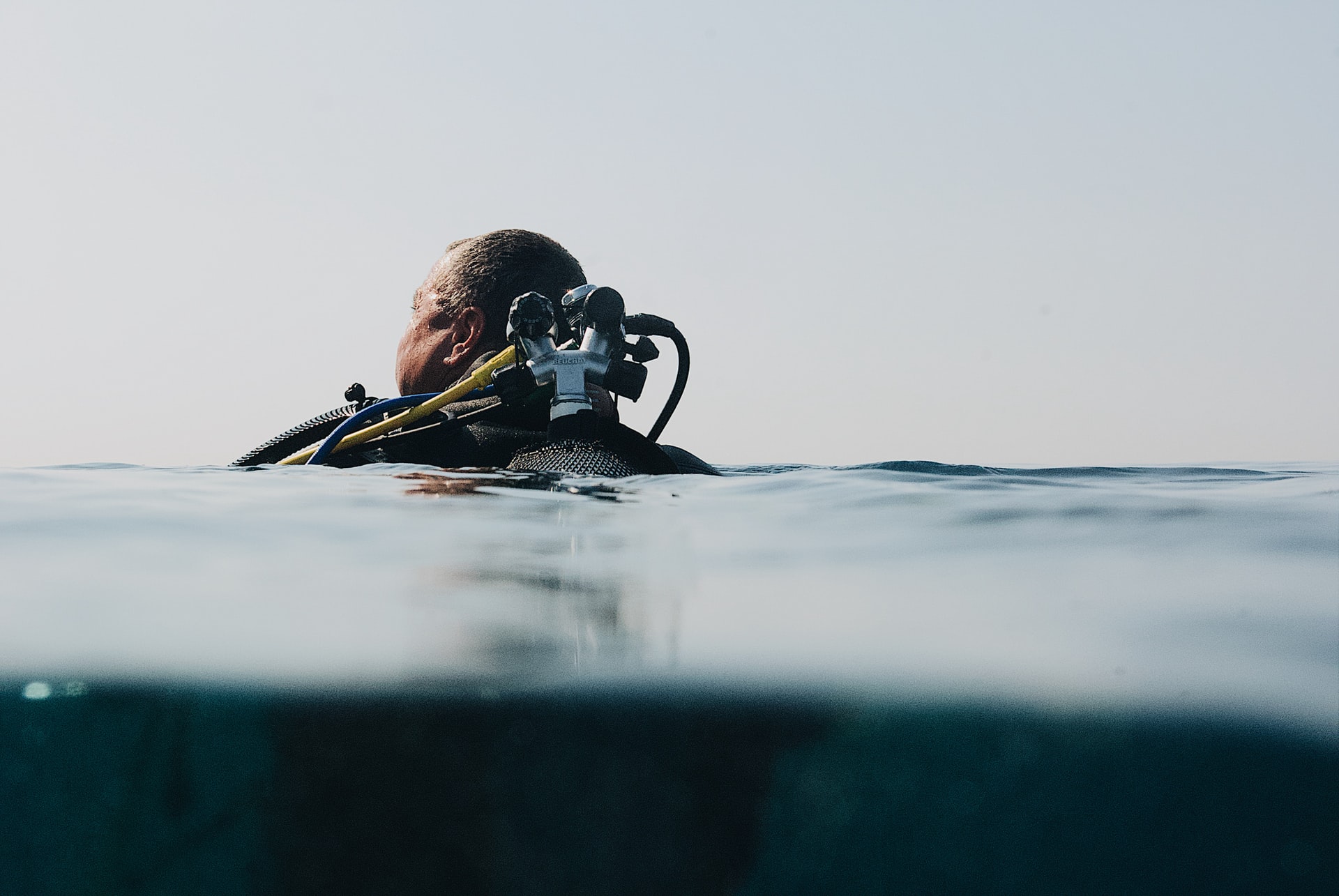
Who Should Not Scuba Dive? 17 Reasons (Every Diver Should Know)
-
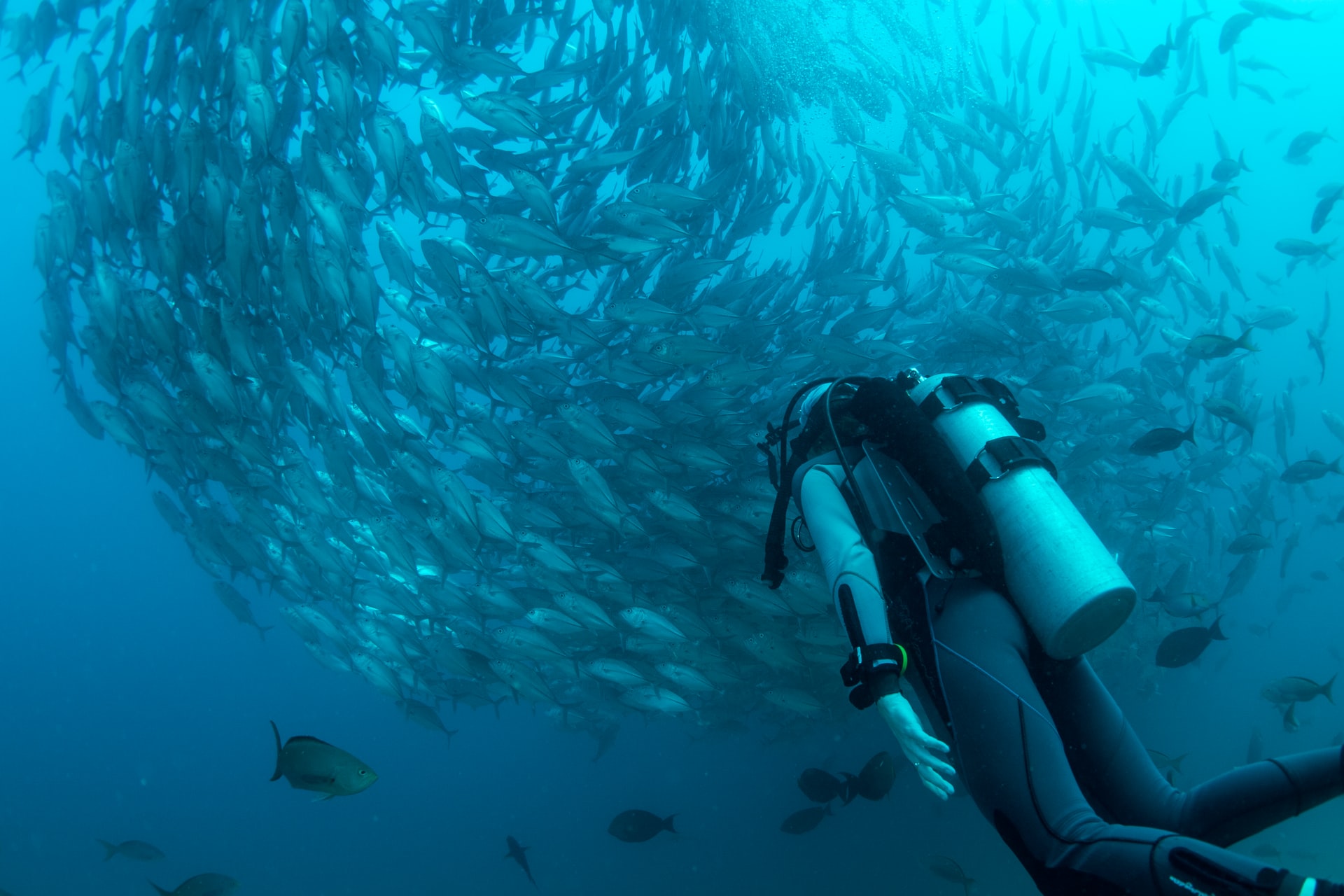
Should I Be Scared of Scuba Diving? 8 Common Fears (Debunked)
-
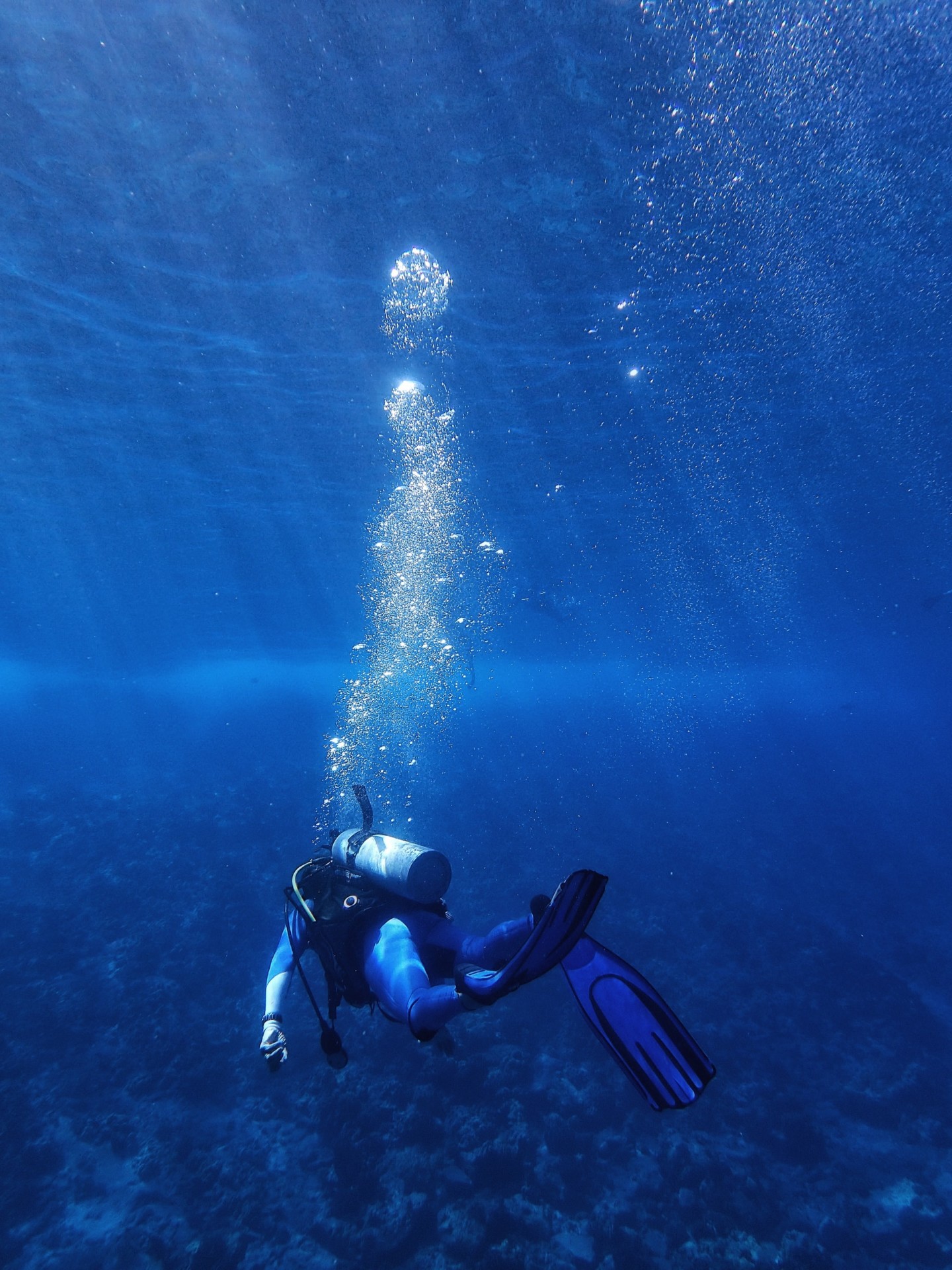
Why Do Scuba Divers Use More Air at Depth? (+4 Practical Tips)
-
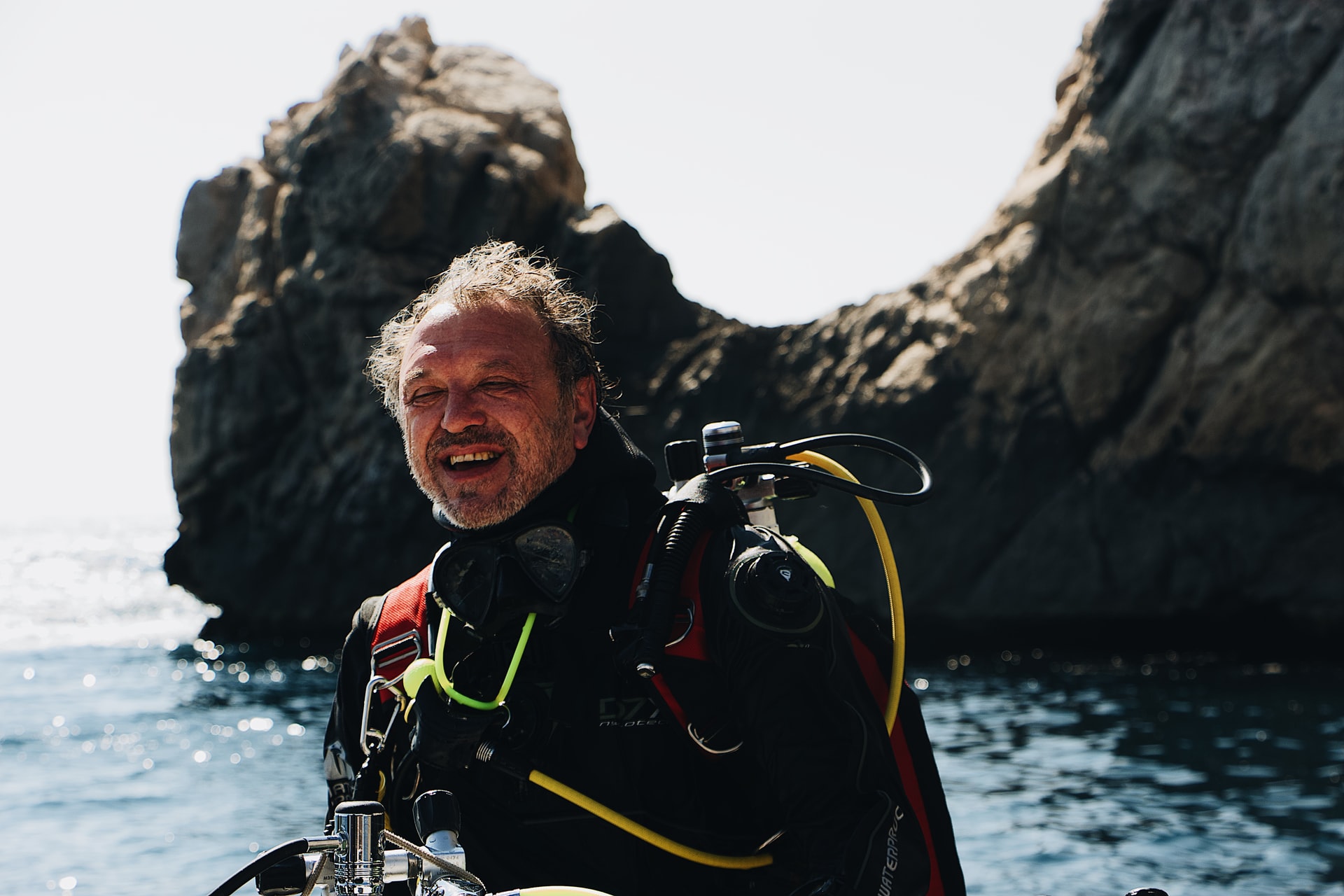
At What Age Should You Stop Scuba Diving? (+9 Tips for Older Divers)
-
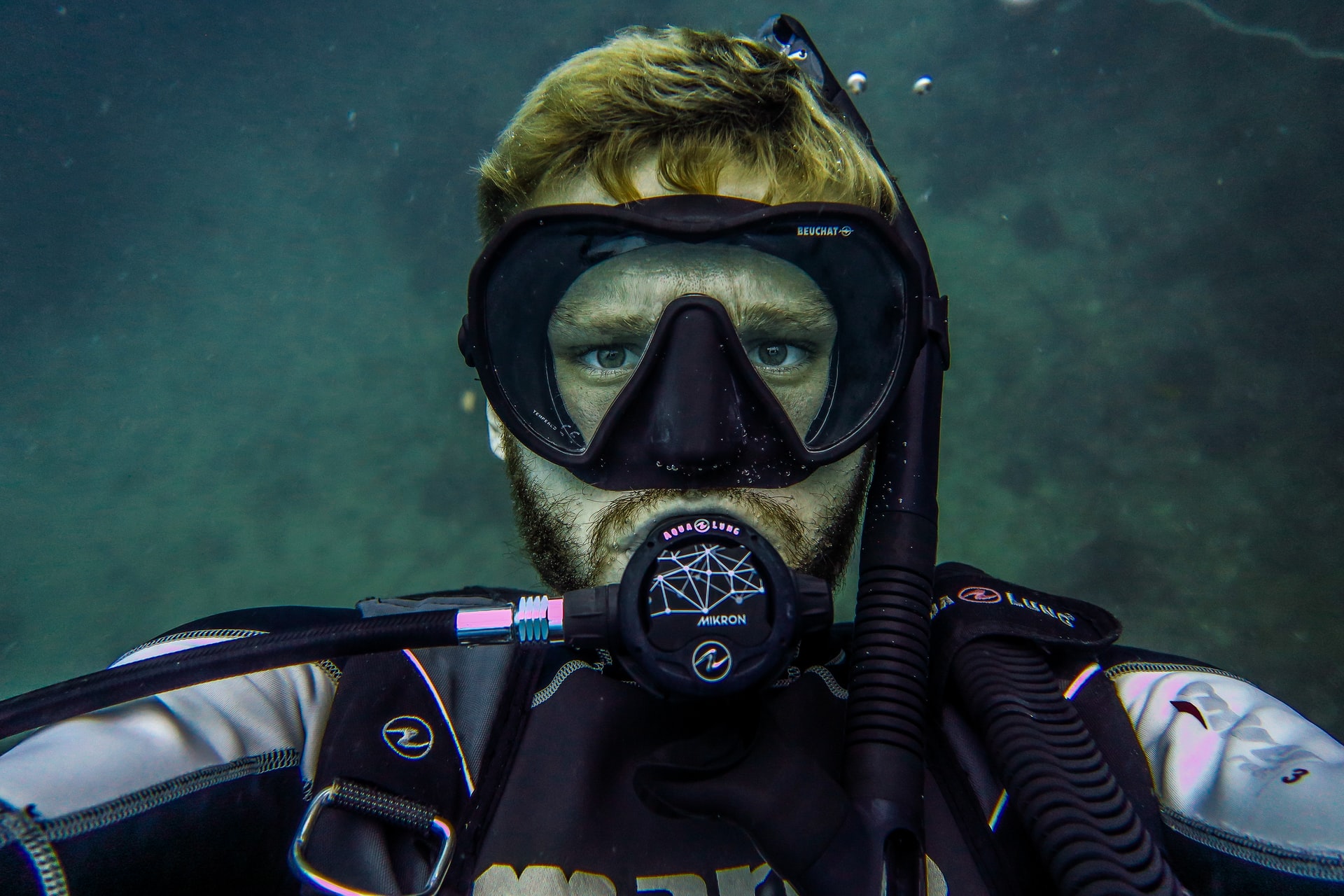
Should I Shave Before Scuba Diving? Crucial Facts (+9 Helpful Tips)
-
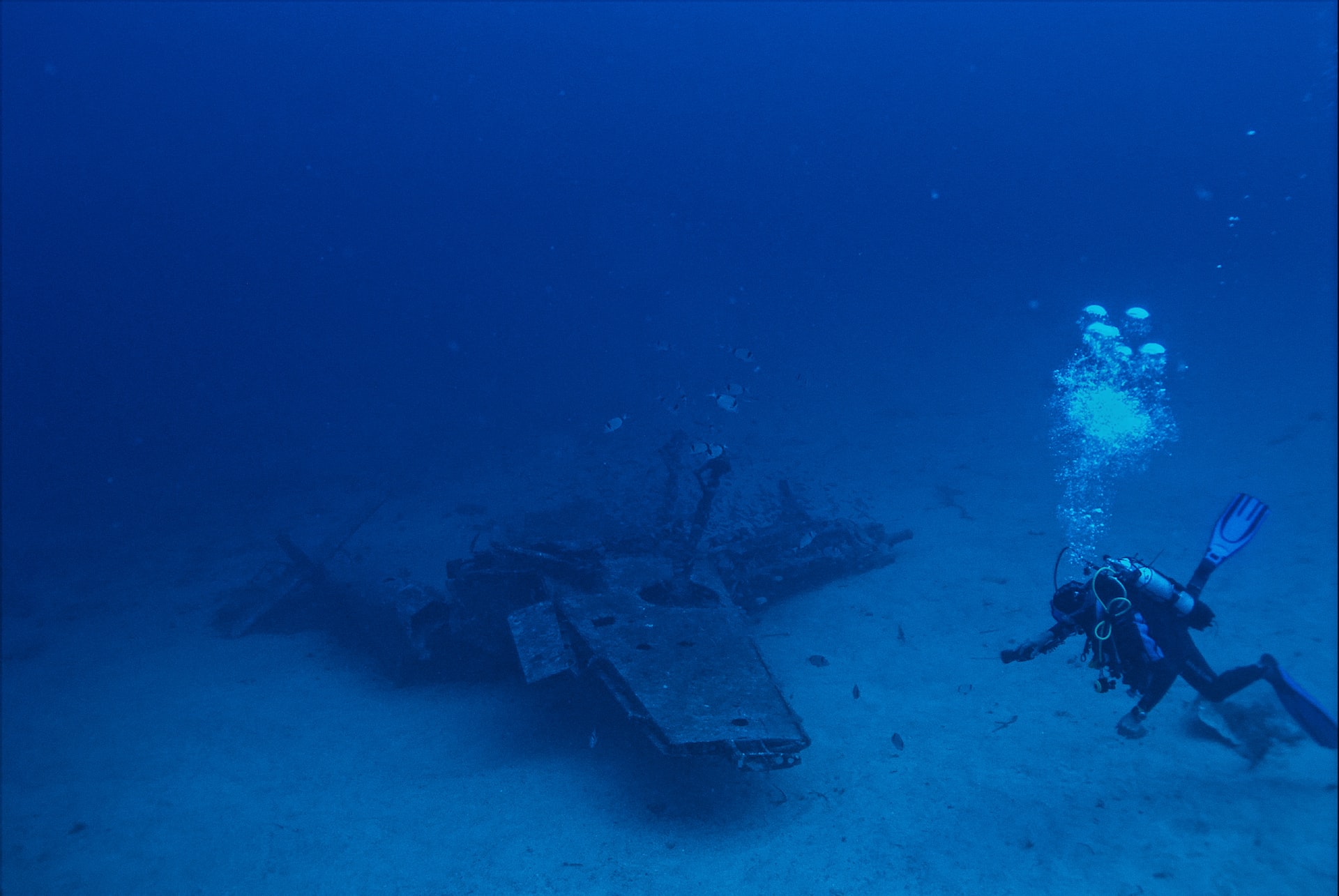
Why Do Scuba Divers Use Helium? (+Its Pros & Cons)
-
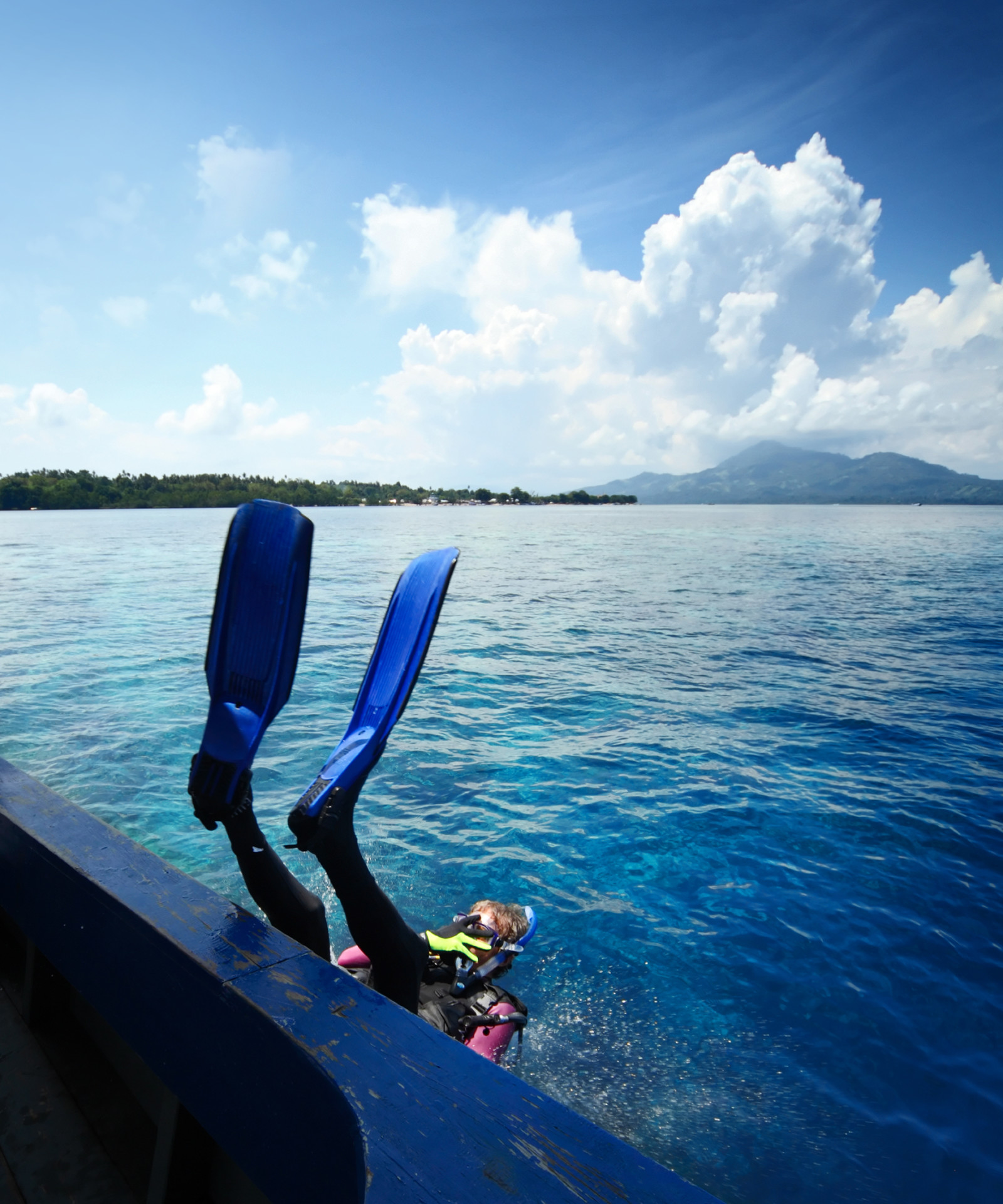
Why Do Scuba Divers Go in Backwards? (+3 Alternative Entries)
-
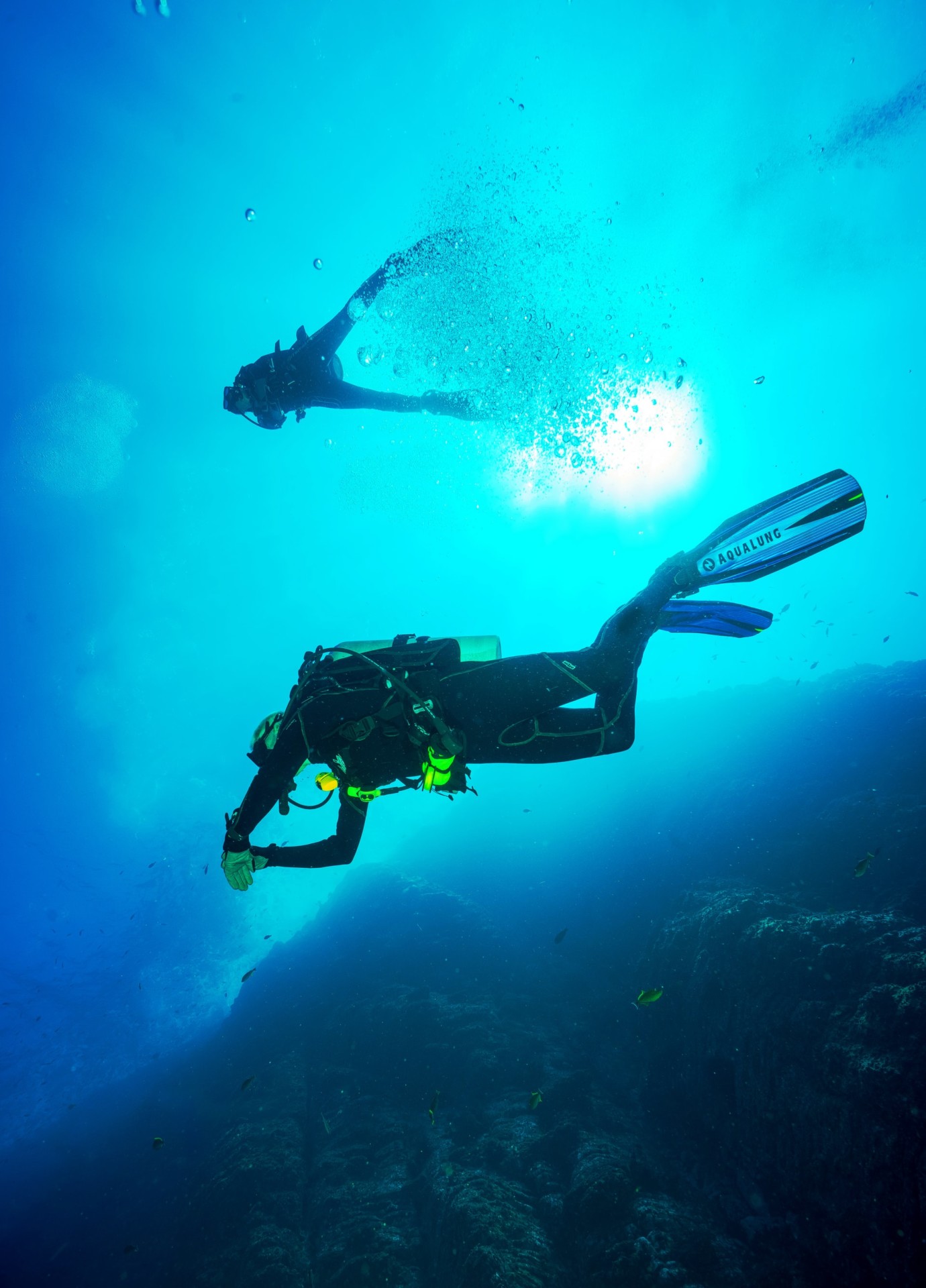
How Do Scuba Divers Sink and Float? (+Tips to Get It Right)

